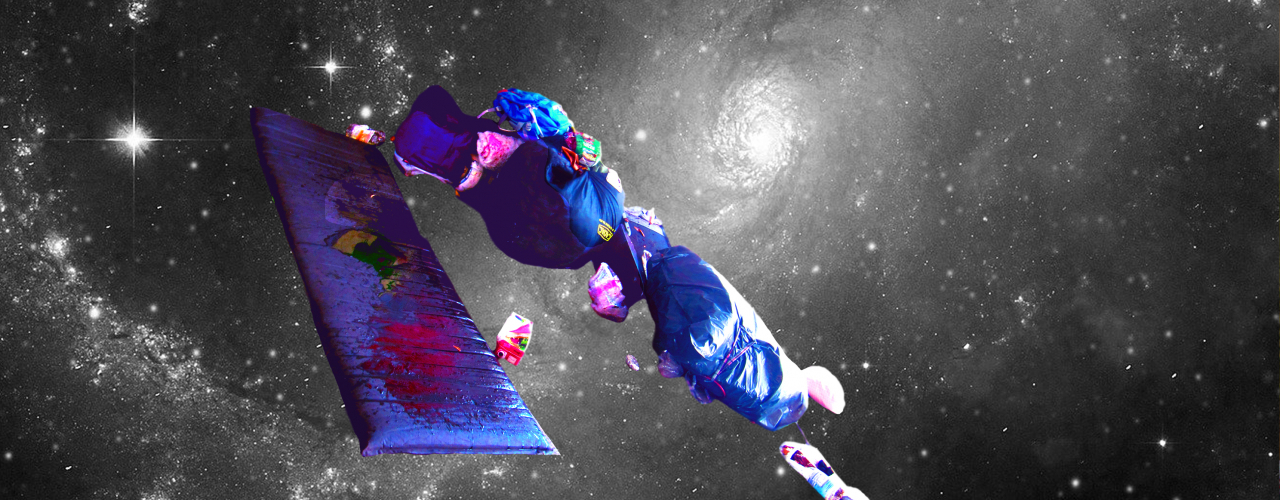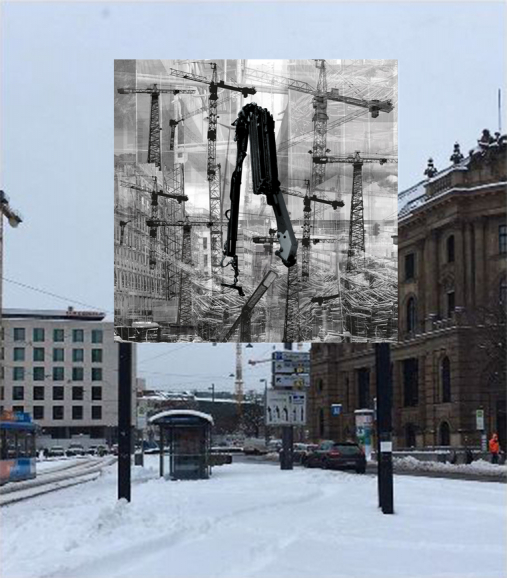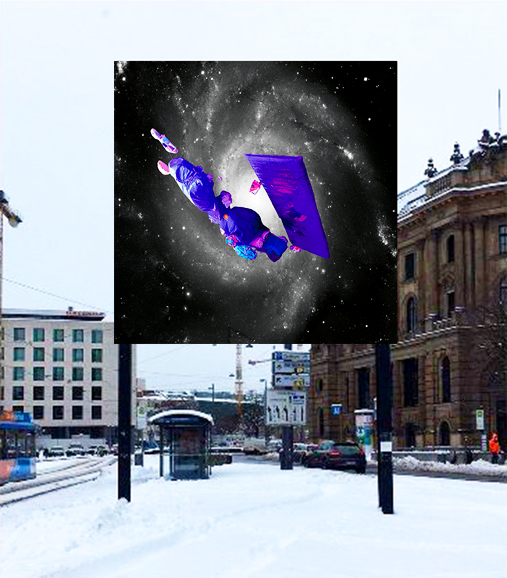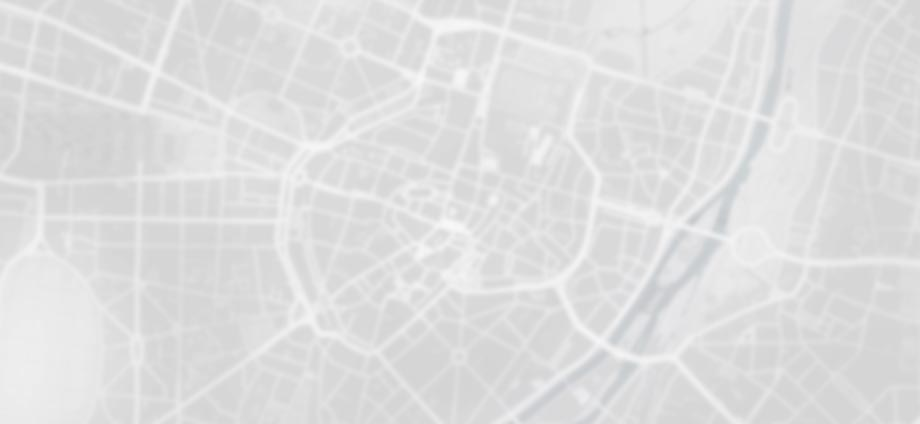What does “home” mean for people who do not have a permanent home? People who live on the streets and usually carry their few possessions along with them? What does it mean to live and survive as homeless in our continually growing cities? “Home” is reduced to a couple of essential things, such as a sleeping bag, cardboard, a blanket and rucksack etc. Sometimes, these utensils are left behind during the day at a designated place, cleared up on the pavement, below a projection in a wall or in an arcade: A fixed place of storage becomes a “home” in the city.
At the same time, our cities are growing and changing continuously. Cities are becoming narrower, the space more limited. Building sites growing endlessly into the skies in shades of grey, stone deserts – “leafless cities” (Italo Calvino). Cranes – a symbol of progress and construction – are witnesses to the gentrification and compression of our living space. Tenants are cleared out, buildings constructed and renovated for luxury purposes. Who profits? Who can keep up? Who are the losers? Who falls by the wayside?
A sleeping bag flies through the universe. It is no longer the bones floating as tools into new galaxies in Stanley Kubrick’s 2001: A Space Odyssey. It also does not transform into a space shuttle that is underway in other, perhaps better worlds. It remains a sleeping bag and often a futile dream.
“This land was made for you and me”, from the song This Land Is Your Land by Woody Guthrie, 1940
Stefanie Unruh, born in 1959 in Hamburg, lives and works in Munich.



